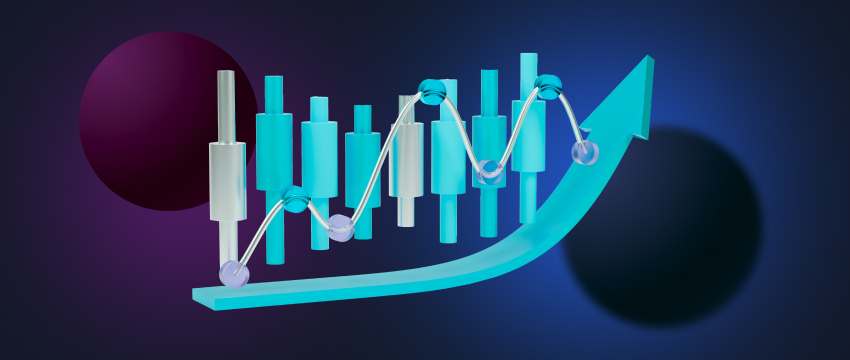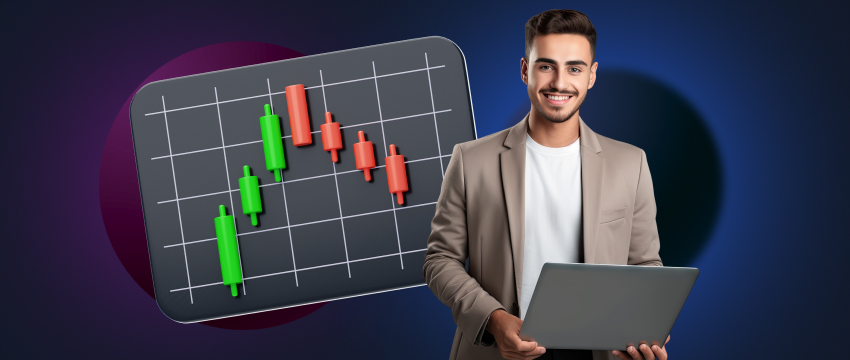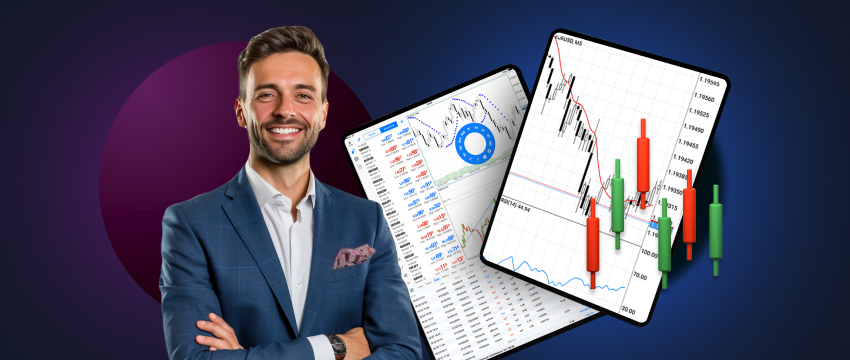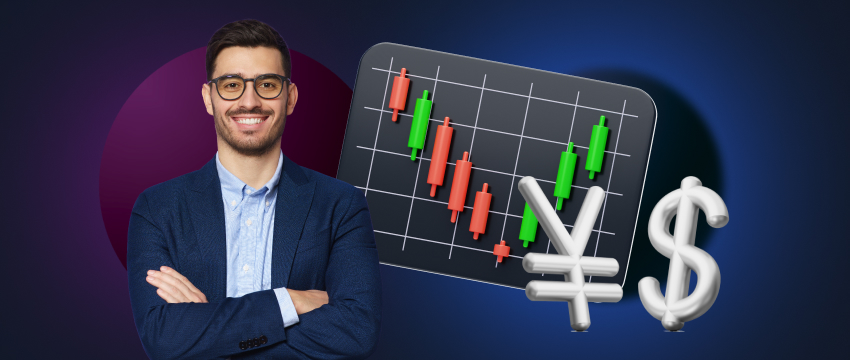CFD trading is becoming a more and more common strategy for traders who want to profit from changes in the prices of stocks, commodities, currency, and indexes, among other financial markets.
CFDs provide several benefits, including flexibility, leverage, and the potential to profit from both rising and falling markets, but they also carry a high risk.
Adopting good risk management practices, keeping up with market developments, and employing successful trading tactics are all necessary for CFD trading.
Key aspects of CFD trading
Access to a variety of asset classes and chances to make money in both rising and declining markets are made possible by trading CFDs.
It does, however, come with some hazards that must be carefully managed.
CFD trading risks include:
Leverage Risk:
Bien que leverage can improve profits, it can also drastically raise losses, possibly destroying an account.
Market Volatility:
Without risk management techniques, abrupt market fluctuations can cause quick losses.
Liquidity Issues:
Position execution may be impacted by low liquidity in some CFD marketplaces.
CFD investing allows investors to speculate on the price movements of various financial assets. It offers flexibility and the potential for profits in both rising and falling markets.
However, it is very important to employ a disciplined approach to risk management. This guide outlines six fundamental steps to trading CFDs and successfully.

How to Trade CFDs in 6 Steps
A CFD is a contract for difference that is a financial derivative which allows the trader to speculate on price changes without owning the underlying asset.
Traders should get acquainted with the mechanics of the market, especially leverage and margin requirements, alongside the related risks.
Open CFD trading account
- Opening a positioning account with a reputable CFD broker offering a user-friendly platform, alongside reasonably low spreads, becomes paramount to begin CFD investing.
Fund your account
- After setting up the account, deposit enough money to enable you to carry out your trading strategy while managing risk appropriately.
Choose the right CFD market
- Choosing the right market is crucial for success in CFD investing. You have many options available, including forex, indices, commodities, and stocks.
- You can then decide your preferred timeframe, short-term investing for example, scalping or day investing, or long-term-swing or position investing, as per your risk tolerance and strategy.
Knowledge and CFD Trading
- After gaining the necessary knowledge regarding the market you will be trading, you will eventually decide whether to go long or short. If you feel your chosen asset will rise in value, then you should go long;
- if you expect it to fall, you should go short. This choice should be the result of conducting both fundamental and technical analysis.
Risk management in CFD trading
- Risk management in CFD investing is critical. For this reason, investors must set stop-loss and take-profit levels to limit their losses or secure potential profits.
- A stop-loss order opens a position with the idea that it would be closed at a predetermined price if it goes against the individual investor, thus stopping any further losses.
- A take-profit order will secure any profits when the real price touches a chosen target price.
Monitor and check your trades
- Once your trade is placed, it must be monitored in order to be able to react by making the necessary changes if any market conditions change.
- Traders need to strategically adjust levels of stop-loss and take-profit orders and close positions at the right time to lock in the best possible return or mitigate losses in the event they occur.
Trading CFDs can be very rewarding, but involves risk as well.
Another important aspect you need to consider that will affect your trading is the choice of a forex broker.
A reliable broker
Choosing the right broker is very essential for safe CFD investing. A broker is expected to have transparent pricing, an attractive spread, clear fee structures, user-friendly investing software, and customer support that responds to queries promptly.

Risk management strategies to consider
The following risk management strategies would help in long-term success in CFD trading.
- Use Stop-loss orders. A stop-loss order closes a trade at a predetermined price, thereby stopping excessive loss.
- Control leverage. Never expose yourself excessively to great financial losses: therefore, use less leverage, especially if you are just starting.
- Diversify your portfolio. Do not commit too much capital to a single trade or market, because diversification lessens exposure to risk.
Successful CFD traders keep their eyes on market trends and geopolitical events that are going to impact asset prices.
Here’s how to keep abreast of everything.
Follow the financial news:
Stay updated on global economic reports, central bank policies, and geopolitical events.
Use technical analysis:
Understand price charts, moving averages, and indicateurs techniques to see trends and possible entries and exits.
Analyse fundamental data:
Find out financial statements, earnings reports, and economic indicators to make informed decisions.
Use a demo account to play around and hone your trading skills before risking real money.
A demo account will allow you to:
- Become familiar with the plateforme de trading.
- Test various trading strategies without risking actual money.
- Gain confidence in executing trades and managing risk.
Trading plan
A clear trading plan will help you keep a regimented and consistent approach.
Your trading plan should include:
- Entry and exit strategies, defining when to enter and exit a trade based on technical and fundamental analysis.
- Risk and Reward Ratio: Decide how much risk you’re willing to take for a potential reward (1:3 risk to reward ratio).
- Size: Once you’re clear on strategy, decide on the amount of capital per trade to invest.
- Monitor and Modify: Make any changes to your strategy and learn from your past mistakes.
Trading Costs
CFD trading comes with a number of costs that could affect a trader’s success:
- Spread: The difference between the bid and ask prices.
- Commission fees: Some brokers charge commission per trade.
- Swap rates: Financing charges for positions held overnight.
- Slippage: Price deviations between order execution and expected entry/exit point could affect profits.
Never trust your emotions
Trading émotionnel i.e. impulsiveness actually leads to losses of money in greater amounts. So to avoid it:
- Stick to Your Plan: Trade as per your determined strategy and avoid overtrading.
- Manage Expectations: Learn to accept your mistakes and losses and avoid having irrational expectations.
- Take Breaks: Take breaks and keep a healthy lifestyle so you always have a clear head and avoid becoming too engrossed in trading.

Use advanced trading tools
A number of brokers provide advanced trading tools to increase trade efficiency and safety.
Trading automatisé: Using algorithmic trading strategy to automatically send orders based on pre-determined conditions.
Trailing Stop: orders to buy or sell securities if they move in unfavourable directions.
Risk Calculator: Tool that calculates your potential losses prior to entering the trade.
When to walk away
Not all positions are going to be winners; if it’s not working, re-evaluate your approach, and don’t force positions.
It is true that sometimes leaving will help you keep a clear mind and protect your capital, than staying and incurring further losses.
CFDs investing is a rewarding venture that also carries with it a set of risks that must be managed.
Using a trusted CFD broker, having a solid risk management plan, keeping up-to-date with market trends, and exercising discipline in investing will result in investing CFDs in an effective manner.
Always remember that caution puts you in a place that is less prone to losing money in CFD investing.
As a beginner or an advanced investor, adopting such measures will enable you to learn important lessons in CFD investing while enabling you to mitigate loss.
CLAUSE DE NON-RESPONSABILITÉ : Ces informations ne sont pas considérées comme des conseils ou des recommandations en matière d'investissement, mais plutôt comme une communication commerciale.





